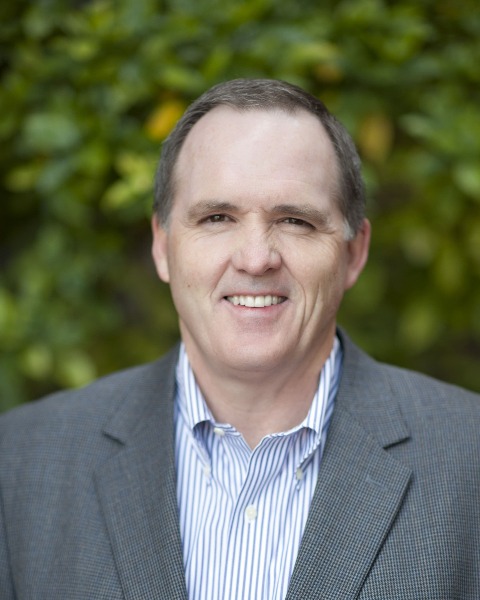Hearing Loss Prevention (HLP)
PP706 - Intensity Levels Generated by Bagpipers and the Risk of NIHL and Other Hearing-Related Symptoms
.jpg)
Rebecca L. Wallace, BA (she/her/hers)
4th Year Resident
California State University, Los Angeles
California State University, Los Angeles
Alhambra, CaliforniaFinancial Disclosures: I do not have any relevant financial relationships with anything to disclose.
Non-Financial Disclosures: I do not have any relevant non-financial relationships with anything to disclose.- MH
Miwako Hisagi, AuD, PhD (she/her/hers)
Assistant Professor
California State University, Los Angeles
California State University, Los Angeles
Los Angeles, CaliforniaFinancial Disclosures: I do not have any relevant financial relationships with anything to disclose.
Non-Financial Disclosures: I do not have any relevant non-financial relationships with anything to disclose. - MW
Margaret Winter (she/her/hers)
Clinic Director
California State University Los Angeles
Redlands, CaliforniaFinancial Disclosures: I do not have any relevant financial relationships with anything to disclose.
Non-Financial Disclosures: I do not have any relevant non-financial relationships with anything to disclose. - CS
Chandan H. Suresh, PhD (he/him/his)
Assistant Professor
California State Univeristy- Los Angeles
Alhambra CA 91803, CaliforniaFinancial Disclosures: I do not have any relevant financial relationships with anything to disclose.
Non-Financial Disclosures: I do not have any relevant non-financial relationships with anything to disclose. .jpg)
Nilesh J. Washnik, PhD (he/him/his)
Assistant Professor
Ohio University
Ohio University
Athens, OhioFinancial Disclosures: I do not have any relevant financial relationships with anything to disclose.
Non-Financial Disclosures: I do not have any relevant non-financial relationships with anything to disclose.
Miles E. Peterson, PhD (he/him/his)
Professor
California State University, Los Angeles
Rancho Cucamonga, CaliforniaFinancial Disclosures: I do not have any relevant financial relationships with anything to disclose.
Non-Financial Disclosures: I do not have any relevant non-financial relationships with anything to disclose.
Lead Presenter(s)
Presenter(s)
Hearing loss among musicians has been frequently investigated, but the unique instrument, “bagpipes”, is not well known in this topic. The purpose of this study was to determine the risk for noise-induced hearing loss (NIHL) and other hearing symptoms among bagpipers. We expected that bagpipers are at risk of NIHL and other hearing symptoms due to hazardous noise exposure exceeding standard permissible exposure limits. Results showed high risk for NIHL among bagpipers after playing 10 minutes. There is need for additional research on attitudes among bagpipers towards hearing protection and willingness to use hearing protection to preserve their hearing.
Summary:
Hearing loss among classical and pop/rock musicians has been frequently investigated, however, after extensive research, no formal studies investigating the hearing health among bagpipers appears to have been done. This instrument produces a continuous unbroken sound and has an intensity that cannot be altered and which, when exposed to for a long duration, can damage hearing. The purpose of this study was to determine whether musicians who play the bagpipes are at risk for noise-induced hearing loss (NIHL) and other hearing related symptoms. Research questions included: (1) Is there a risk for NIHL among bagpipers? (2) What is the sound intensity level generated in 4 variable conditions: individual versus group practice and indoor versus outdoor practice? (3) Do bagpipers exhibit any symptoms related to NIHL, and are they aware of the hearing health risks of being a bagpiper? It was hypothesized that in an indoor group setting with no hearing protective measures in place, bagpipers are at an increased risk of developing hearing loss and/or hearing related symptoms as a result of exposure to harmful sound intensity levels that exceed standard permissible exposure limits.
Participants included seven adult bagpipers. Independent variables included the number of musicians playing (individual vs. group), the location of the practice (indoor vs. outdoor), and the duration of playing (5, 10, or 60 minutes). Dependent variables included noise dose % and time weighted average. Participants were fitted with noise dosimeters on their left shoulder, which were pre-set to both NIOSH and OSHA parameters. Measurements were collected for 5-minute intervals in indoor group, outdoor group, indoor solo, and outdoor solo conditions. Participants then completed an anonymous questionnaire gathering information regarding musical background, hearing health, attitude towards hearing protection, and willingness to use hearing protection. A “Noise Exposure Estimation” spreadsheet was used to analyze the Lavg-1 data and calculate the dose % and TWA according to NIOSH and OSHA standards after 5 and 10 minutes as well as the projected dose % to predict the daily dose % after 60 minutes. Questionnaire data were analyzed using descriptive statistics.
Results indicated that there is a high risk for NIHL among bagpipers after playing for 10 minutes. Additionally, results showed little intensity difference between indoor and outdoor conditions with more difference between solo and group conditions. Questionnaire data also show that bagpipers can experience symptoms such as tinnitus and hyperacusis, but, due to the limited data collected, the result cannot be generalized to all bagpipers. The novel research conducted in this study indicates that bagpipers may be at risk for NIHL and other hearing related symptoms, however, future research on this topic would be improved with a larger sample size, longer measurements, and primarily focusing on group settings. There is also a need for additional research on attitudes among bagpipers towards hearing protection and willingness to use hearing protection to preserve and protect one’s hearing.
Learning Objectives:
- Upon completion, participants will be able to exhibit understanding of dosimetry measurements and terminology and demonstrate awareness of the risk of noise-induced hearing loss among bagpipers.
